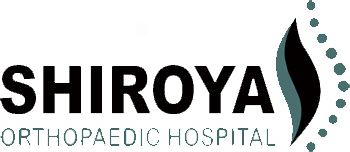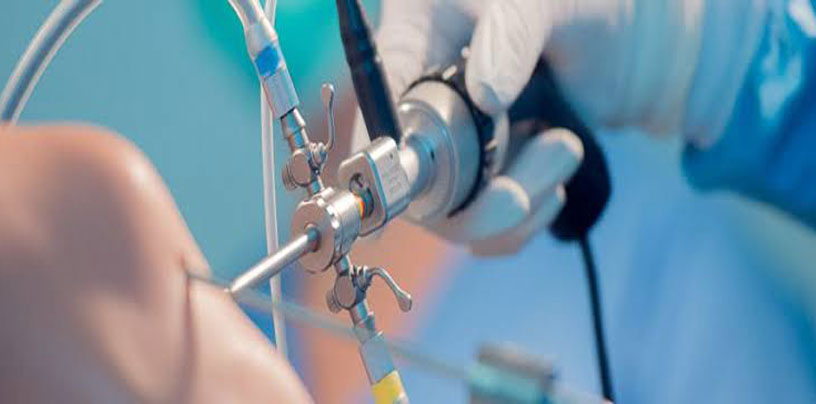Why have an arthroscopy?
An arthroscopy is done when a doctor wants to inspect the inside of a joint. They use an instrument called an arthroscope. This is a small, fibre-optic video camera attached to a narrow tube. The arthroscope can take live images inside the joint.
Arthroscopy can be used to help diagnose a problem in a joint, and can also help guide surgical repair of a joint problem. The surgery is done with narrow, pencil-shaped surgical implements, which cause less damage than open surgery.
In the knee, arthroscopy is commonly used for conditions such as meniscal (cartilage) tears, ligament injuries or loose bodies inside the joint.
The Australian Government and most orthopaedic surgeons recommend against using arthroscopy for osteoarthritis of the knee. Research shows that doing an arthroscopy for this condition is not effective. Arthroscopy should only be used for this condition if other treatments fail, such as losing weight, exercising and taking pain relievers.
How to prepare for the procedure
Ask your doctor about the benefits and risks of arthroscopy for your condition. Before agreeing to the surgery, ask if there is another option, such as:
- losing weight
- pain relief
- anti-inflammatory medication
- exercise
- physiotherapy
Before an arthroscopy, the doctor will examine the joint and might ask for x-rays, magnetic resonance imaging (MRI) or other scans, plus blood or other tests.
If you choose to go ahead with surgery, you might be asked to quit smoking (if you smoke) and lose weight (if you’re overweight). You may also need to stop some of your medications, but don’t stop taking any medicines without talking to your doctor first.
Read more about preparing for surgery here.
What happens during an arthroscopy?
Arthroscopy is often done as day surgery. Depending on the joint involved and your health, you might have some form of local anaesthetic, or perhaps a general anaesthetic.
The surgeon will make a tiny cut near the joint and insert the arthroscope. The images taken from inside your joint will be shown on a video monitor. The surgeon might be able to see what is causing your problem.
If surgery is needed, the surgeon may make a few more narrow cuts and insert surgical instruments to fix particular types of joint problem. Examples of surgery done during arthroscopies include:
- reconstructing a torn ligament in the knee
- treating tennis elbow
- fixing a recurring shoulder dislocation
After the surgery, the wounds will be stitched or closed with special tape and then bandaged. The procedure usually takes between 30 minutes and 2 hours.


